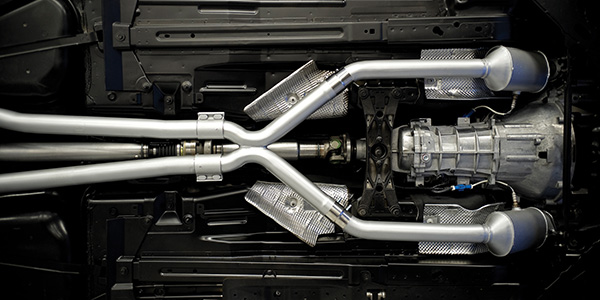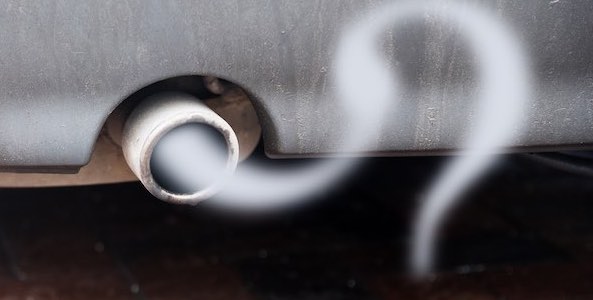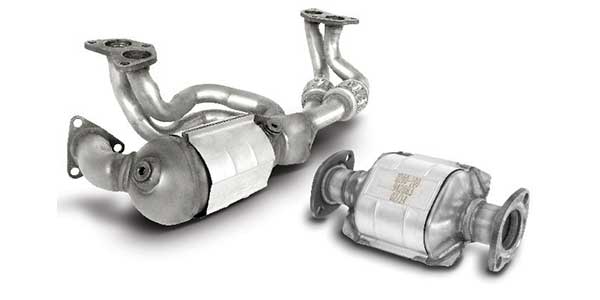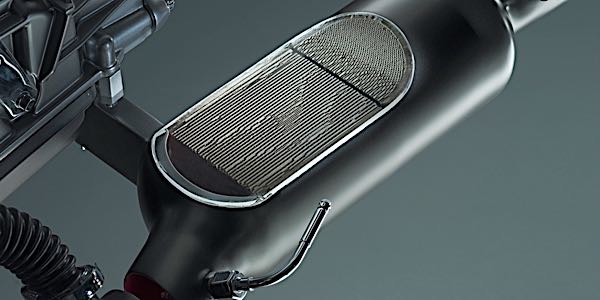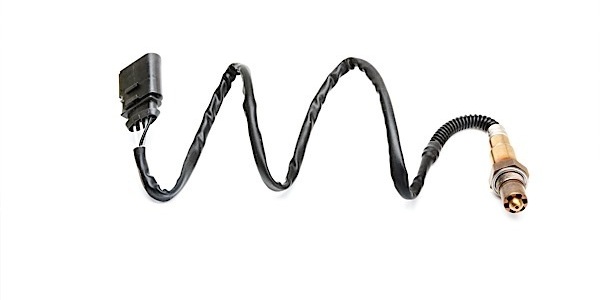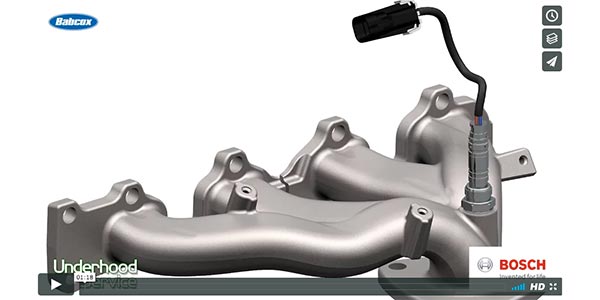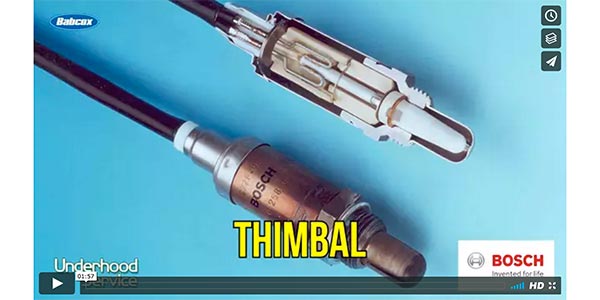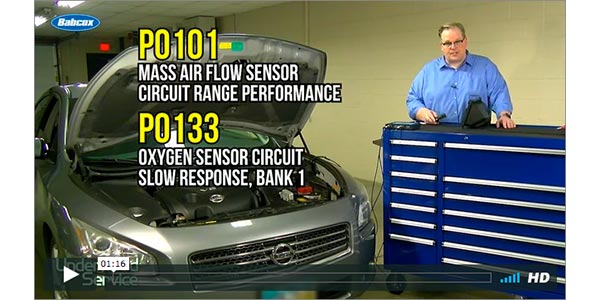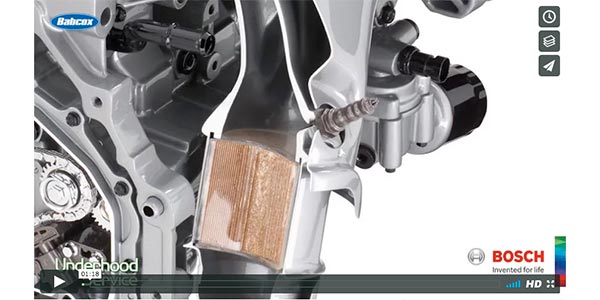 Oxygen sensors play a critical role in the clean and efficient performance of a vehicle’s engine. However, it can be hard to tell when an oxygen sensor on a vehicle is beginning to wear out or has stopped functioning altogether.
Oxygen sensors play a critical role in the clean and efficient performance of a vehicle’s engine. However, it can be hard to tell when an oxygen sensor on a vehicle is beginning to wear out or has stopped functioning altogether.
Shops see the big red flag most often when the vehicle fails the emissions inspection or if the check engine light appears on the dashboard. Otherwise, the symptoms of a slow or worn out oxygen sensor are not obvious, and, therefore, oxygen sensor check or replacement is a service often overlooked.
However, the oxygen’s sensor could be wearing out if there is premature failure of the catalytic converter or if the customer complains of excessive fuel consumption, poor performance, rough idling or engine surging or hesitation. Check the oxygen sensor and if there is a shiny or gummy deposit on the sensor’s heat shield, it is time to replace it.
Typically located between the exhaust manifold and the catalytic converter, the oxygen sensor measures the amount of oxygen in the exhaust and signals the engine’s computer to adjust the air-fuel ratio to ensure the gasoline combustion is as complete as possible, thus reducing harmful emissions while improving engine performance and fuel efficiency.
“Oxygen sensors seldom fail outright,” said Warren Suter, director, Engine Management Systems, Bosch Automotive Aftermarket. “Most often they gradually slow down resulting in increasingly poor engine performance since they can no longer properly assess the air-fuel ratio. Most important, a worn out oxygen sensor must be replaced or it could potentially lead to the damage of the catalytic converter and other components in the vehicle. “
Tech Tip Courtesy of Bosch.
For additional information, visit www.boschautoparts.com.


